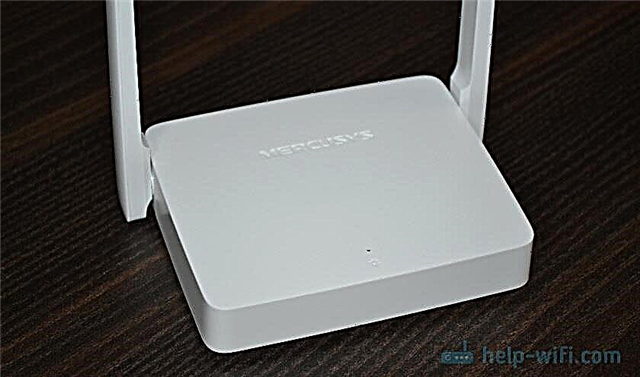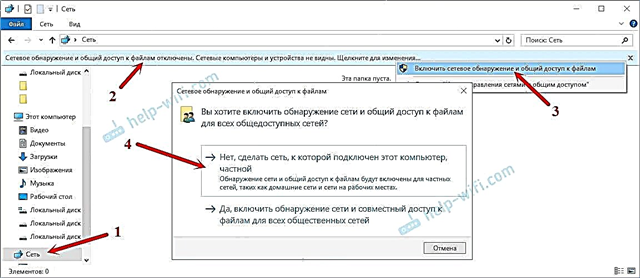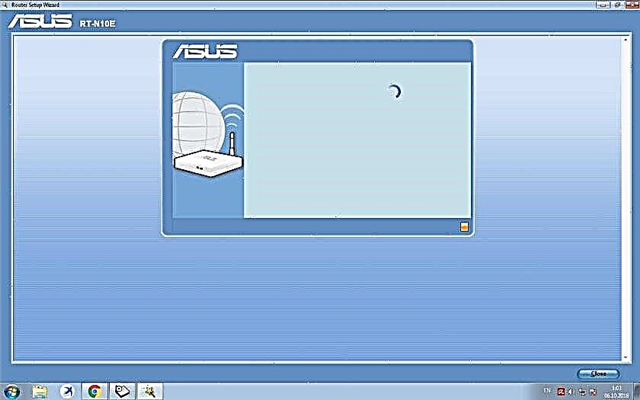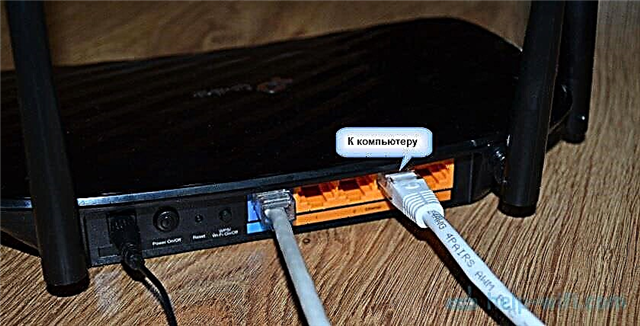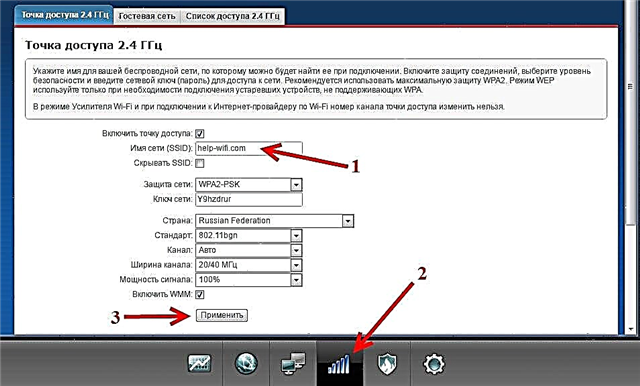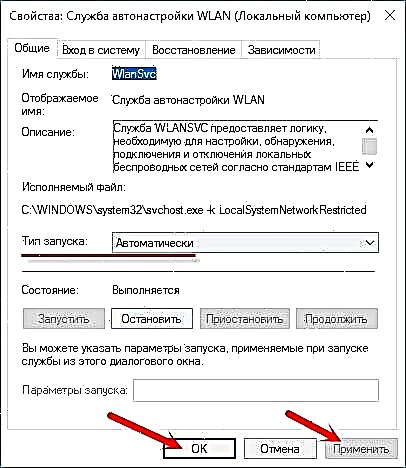Choosing a router is not easy. Especially when there are a large number of dual-band models on the market. I will introduce dual-band routers that distribute a Wi-Fi network in the 2.4 GHz and 5 GHz bands (see the article What is a dual-band Wi-Fi router). There are many articles on the Internet that describe the pros and cons of the 5 GHz band and the 802.11ac standard. The main advantages are high speed (support for the new 802.11ac standard, which works only in the 5 GHz band) and a small amount of interference in this range. The main disadvantage is the shorter range of the wireless network compared to the 2.4 GHz range (this is clearly noticeable, including in my examples in the article). Well, not all devices support the 5 GHz band. I wrote about this in the article: why a laptop, smartphone, or tablet does not see a 5 GHz Wi-Fi network.
All this theoretical information (maximum speed in a certain range, interference, signal strength, etc.) is unlikely to somehow come in handy in practice and help determine the choice of a router. Based on this information, we can hardly understand what the real speed will be in the 2.4 GHz and 5 GHz bands. How different it will be, and is there any point in buying a router with 5 GHz support and switching to the 802.11ac standard.

I decided to take a regular dual-band router. Not the most expensive and not the cheapest. Configure it in the most ordinary three-room apartment (where the Internet is checked at speeds up to 100 Mbit / s), and measure the speed on a regular laptop in different ranges and at different distances from the router (with different signal levels).
Equipment on which I made speed measurements and other information:
- TP-Link Archer C2 router (AC750). I practically did not change the settings, only the network name and password. Mode of operation (b / g / n / ac) - mixed in both ranges. The selection of the Wi-Fi network channel is automatic.
- Internet provider Kyivstar. Connection type - "Dynamic IP". Tariff speed - up to 100 Mbps.
- The speed was measured on a laptop with an Intel Dual Band Wireless-AC 3160 (3160HMW) Wi-Fi module. Which independently installed and showed how to do it in this article. The driver seems to be the newest, downloaded from the Intel website. Windows 10 is installed.
- Measured on the site speedtest.net through the Microsoft Edge browser. Read more in the article on how to check the Internet speed on a computer, smartphone, tablet.
- I checked the number of Wi-Fi networks in the apartment using the inSSIDer program. There are about 15 networks in the 2.4 GHz band (the number changes all the time). And in the 5 GHz range - 2 networks (including mine).
 Read more in the article: How to find a free Wi-Fi channel.
Read more in the article: How to find a free Wi-Fi channel. - At the moment when I measured the speed, there was practically no load on the router. The devices were plugged in, but nobody was using them. I measured the speed several times in each range and by cable. Of course, the test results are different each time (load on the provider's network, the selected server for speed testing, etc.). But they did not differ much.
If you are interested in other nuances of my experiment, or I missed something, write in the comments.
Comparison of speeds in the range of 2.4 GHz and 5 GHz
Before checking the speed over Wi-Fi, I decided to take measurements by connecting via a network cable. Here are the results:
- Speed directly, when connecting a network cable from the provider directly to the laptop (without a router):
 I expected to see about 100 Mbps (this is the rate for the tariff). Perhaps the problem is the laptop's network card (the laptop is not very new). For some reason, I immediately thought that the provider does not give the declared speed. But as it turned out later, over Wi-Fi in the 5 GHz range, the speed was under 100 Mbit / s.
I expected to see about 100 Mbps (this is the rate for the tariff). Perhaps the problem is the laptop's network card (the laptop is not very new). For some reason, I immediately thought that the provider does not give the declared speed. But as it turned out later, over Wi-Fi in the 5 GHz range, the speed was under 100 Mbit / s. - By cable, but from a router, the speed was about the same:
 I think the problem is still in the laptop's network card. Perhaps in the driver. Too bad there was no more computer at hand. But the cable speed is of little interest to us. This is so, for the general picture of what is happening.
I think the problem is still in the laptop's network card. Perhaps in the driver. Too bad there was no more computer at hand. But the cable speed is of little interest to us. This is so, for the general picture of what is happening.
Since when the signal level drops, the Internet speed also drops, I took measurements in two places. Closer to the router and further. In the article, I will also show the real Wi-Fi speed in two versions:
- At a distance of about 6 meters from the router. No line of sight. On the way there is one wall with a wardrobe (wardrobe).
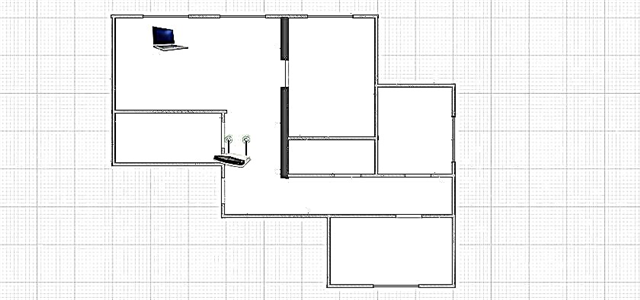
- Then I moved further away from the router. The signal passed through 2-3 walls (one of them is carrier). The signal level on the laptop was no longer maximum. Especially in the 5 GHz range.
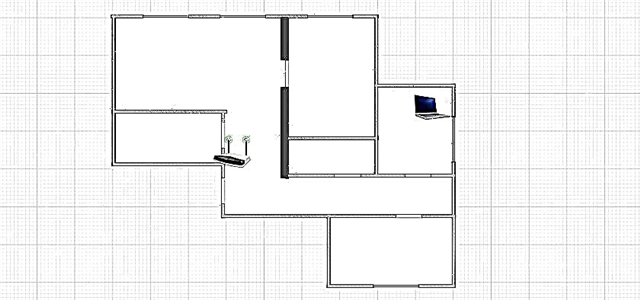
In article number 1, there will be measurements when the laptop is located closer to the router, and number 2 - further away.
Real Wi-Fi Speed: 2.4GHz (802.11n)
1First, I connected to a Wi-Fi network in the 2.4 GHz band. The signal is good (all divisions on the laptop). Here is the speed in the 2.4 GHz range near the router:
Even for the 2.4 GHz band, this is a low speed. Moreover, my router is not budgetary. It happened that the speed went up for 50 Mbit / s. But rarely. I think 15 neighboring Wi-Fi networks in the same range are doing their job (creating interference).
2 We leave the router and check the speed. In the same 2.4 GHz band. As you can see, the speed dropped slightly. Ping has grown. The signal level also dropped slightly. The screenshot shows the maximum signal, but sometimes one division disappeared. Pay attention to the network level in the 5 GHz band (Marsik_5G) in the screenshot below. There is almost no signal.
Together with the Wi-Fi signal level, the connection speed drops.
The speed of the Wi-Fi network in the 2.4 GHz range is not very good for me. Basically, the normal speed in this range is anywhere from 40 Mbps to 70 Mbps. Maybe less or more (very rare). It all depends on the hardware (router and client), settings, interference, etc.
Real Wi-Fi Speed: 5GHz (802.11ac)
1We continue the experiment. I connected my laptop to Wi-Fi in the 5 GHz range and checked the connection speed. Let me remind you that at first I checked not far from the router (the first device layout, which I showed above).
It turned out even more than by cable. The download and upload speed is almost always in the region of 80-90 Mbps. Sometimes the speed dropped. But despite this, the speed in the 5 GHz range is noticeably higher compared to 2.4 GHz.
2Move with the laptop away from the router (diagram number 2) and started testing the speed. Despite the fact that the signal level in the 5 GHz range dropped very much (often one division of the network remained, compared to the 2.4 GHz network), the speed was still exactly higher.
50 Mbps at this distance, with obstructions and such a signal level, is a good result.
Conclusions
I was once again convinced that:
- Internet speed when connected via Wi-Fi in the 5 GHz range is much higher.
- The range of the wireless network at 5 GHz is much shorter.
I think this will be the result with any equipment. Therefore, if you choose a router, I recommend looking at models with dual-band support. Even if you are not planning on using 5 GHz now and moving to the 802.11ac standard.
Especially if you have a speed higher than 100 Mbps and a lot of neighboring Wi-Fi networks. In this case, only a dual-band router will be able to unleash the full potential of this connection and speed (for which you pay your ISP). Just be sure to take a router with gigabit ports (WAN and LAN speeds - 1 Gbps). And that is, there are many inexpensive dual-band routers whose ports are limited to a speed of 100 Mbps.
I have already told you why the router cuts the speed over Wi-Fi. You can always try to increase the speed of your Wi-Fi connection using the wireless network settings (especially important for the 2.4 GHz band). You may also be interested in the article: a router that does not cut the speed over Wi-Fi and gives 100 Mbps or more. There I talked about all these inscriptions N150, N300, N450, etc., on boxes with routers. And why the real speed is so different from what the router manufacturers promise.
The speed of a wireless connection depends on a huge number of different factors. If, for example, you take my router and laptop, install them in another house, then there, perhaps, the speed would be completely different. Much also depends on the router and the device that we connect to it. Also, do not forget that the provider does not always give the declared speed.
In this article, I wanted to roughly show what is the difference between a dual-band router and a regular one. What is the real internet speed in both bands. Perhaps this article will help you decide on the choice of a router. Buy a router with 5 GHz 802.11ac support, or not.
Write in the comments what you think about this. You can measure the speed through your router and share the results (screenshots) in the comments. I think it will be interesting and useful. Just write the model of the router, the device on which the speed was checked, and what is the speed according to the provider's tariff. Good luck!

 Read more in the article: How to find a free Wi-Fi channel.
Read more in the article: How to find a free Wi-Fi channel. I expected to see about 100 Mbps (this is the rate for the tariff). Perhaps the problem is the laptop's network card (the laptop is not very new). For some reason, I immediately thought that the provider does not give the declared speed. But as it turned out later, over Wi-Fi in the 5 GHz range, the speed was under 100 Mbit / s.
I expected to see about 100 Mbps (this is the rate for the tariff). Perhaps the problem is the laptop's network card (the laptop is not very new). For some reason, I immediately thought that the provider does not give the declared speed. But as it turned out later, over Wi-Fi in the 5 GHz range, the speed was under 100 Mbit / s. I think the problem is still in the laptop's network card. Perhaps in the driver. Too bad there was no more computer at hand. But the cable speed is of little interest to us. This is so, for the general picture of what is happening.
I think the problem is still in the laptop's network card. Perhaps in the driver. Too bad there was no more computer at hand. But the cable speed is of little interest to us. This is so, for the general picture of what is happening.


